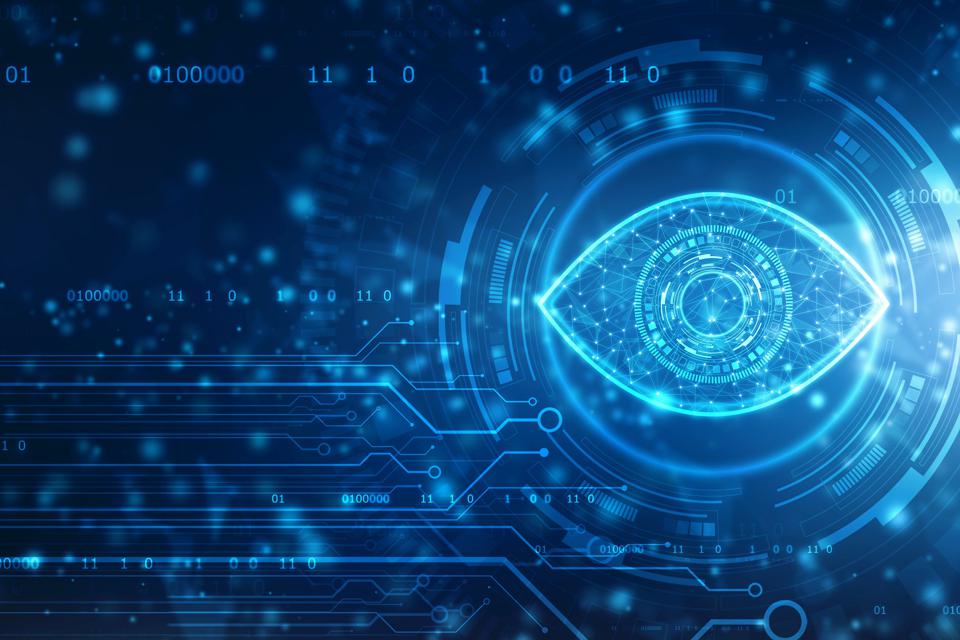Computer Vision: Continued Adoption Presents More Opportunities for Businesses

With the way technology affects companies, individuals, and businesses, people have to keep up with the developments, so they are not left behind. Companies and individuals need to grasp the opportunities available to them because these can mean success.
Computer vision
One of the most trending technologies in 2020 is computer vision. In computer parlance, this means the systems that can identify people, objects, places, or items from visual images gathered by a sensor or camera. Computer vision is the technology that enables smartphones to determine which part is the face if you are taking selfies. It is also the technology that helps when you search for images from your favorite browser.
Further applications of computer vision
Within the year, it is expected that tools equipped with computer vision will see more applications. Autonomous cars will use the technology to navigate to avoid danger. Production lines in manufacturing companies will increasingly use tools with computer vision cameras to immediately see equipment failures and defective products. Security cameras can provide early warnings when they find things out of the ordinary.
People are required to wear facemasks today and the regulation for its use may take effect for a few years. Firms creating facial recognition algorithms are rushing to change their algorithms so they can recognize the faces of people wearing facemasks. Computer vision can also do facial recognition. The airport in Dubai uses the technology to ensure the smooth processing of passengers. Apple smartphones likewise use the technology for their FaceID.
But, there will always be debates regarding the application of computer vision. Some will espouse the stand that there should be a limit to its use due to privacy issues.

The future of computer vision technology
Computer vision is part of machine learning and artificial intelligence. Scientists see the many potentials the technology will bring to different industry sectors. It has potential to be a valuable resource in:
- Industrial sector
- Banking
- Agriculture
- Healthcare
- Automotive
- Retail and retail security
Based on the Consumer Electronics Show (CES) 2020, computer vision is among the new technologies that show great promise. Researchers are already testing several applications of the technology.
It can be used for Human Pose Estimation, which can be applied to gaming and animation, training robots, enhanced experiences in augmented reality, surveillance systems, and real-time sports analysis.
Computer vision is already used in image manipulation, such as FaceApp, using generative adversarial networks (GANs). The extension of the technology shows promise in the field of semi-supervised and supervised learning.
One of the most important applications of computer vision in today’s setting is on healthcare. It is used in the development of tools for social distancing. With the coronavirus pandemic making the world suffer, one of the ways to prevent transmission and infection is to practice social distancing.
Developers are coming up with tracking tools using computer vision technology to monitor whether people in a specific area adhere to the social distancing rule. What they are developing right now is a real-time object detection and tracking tool. Using bounding boxes, the developers can check each person’s movement and calculate their distance from one another. The tool then highlights the people who are violating the rule.
In Wuhan, China, where the coronavirus is said to originate, computer vision is being used in computer-supported medical images for diagnosis. The technology converts X-rays, and CT scans into 3D interactive models. It can detect cases of COVID-19 through chest X-rays, showing the difference between the lungs of a person with pneumonia and the lungs of a COVID-19 infected person.